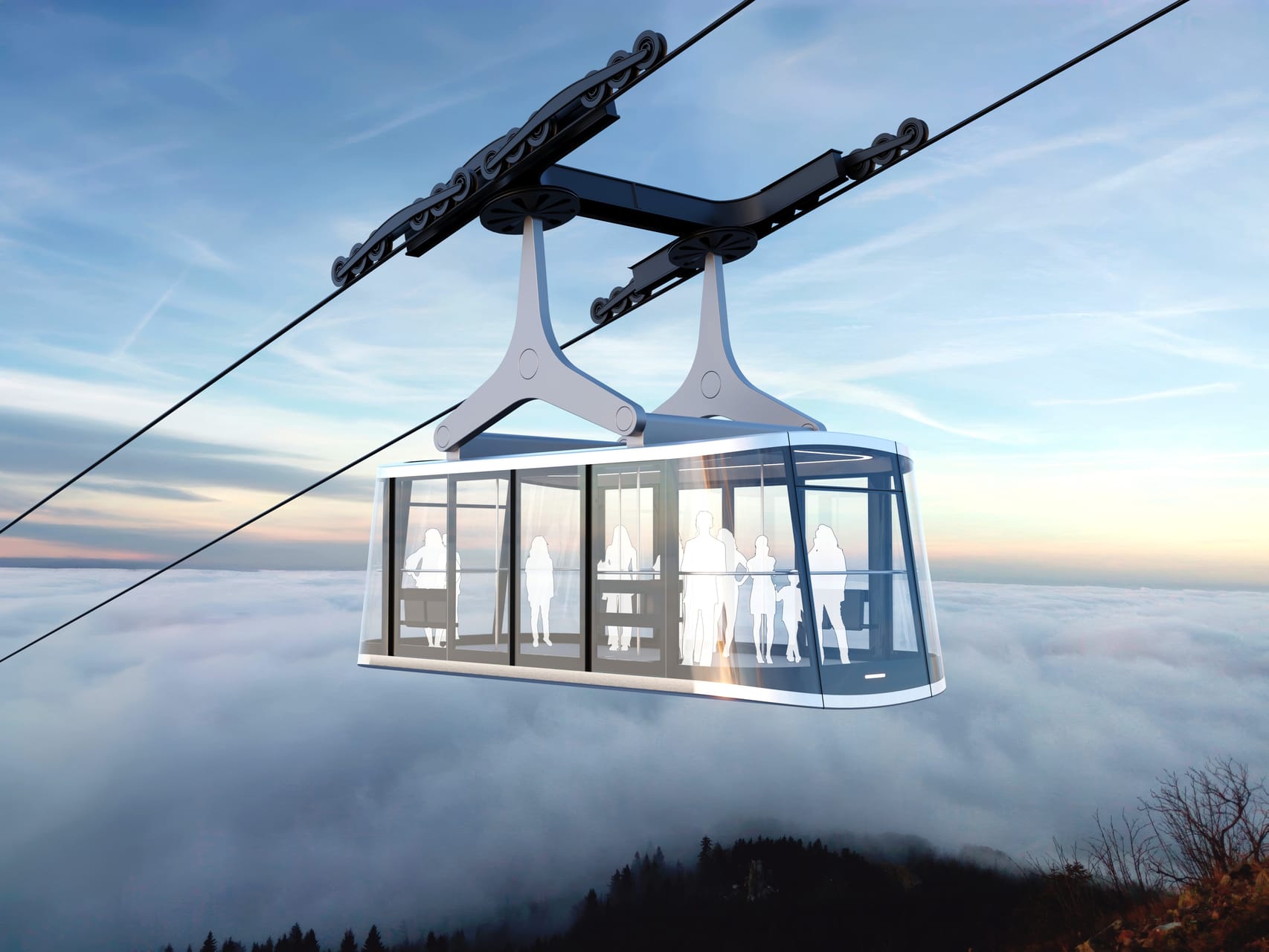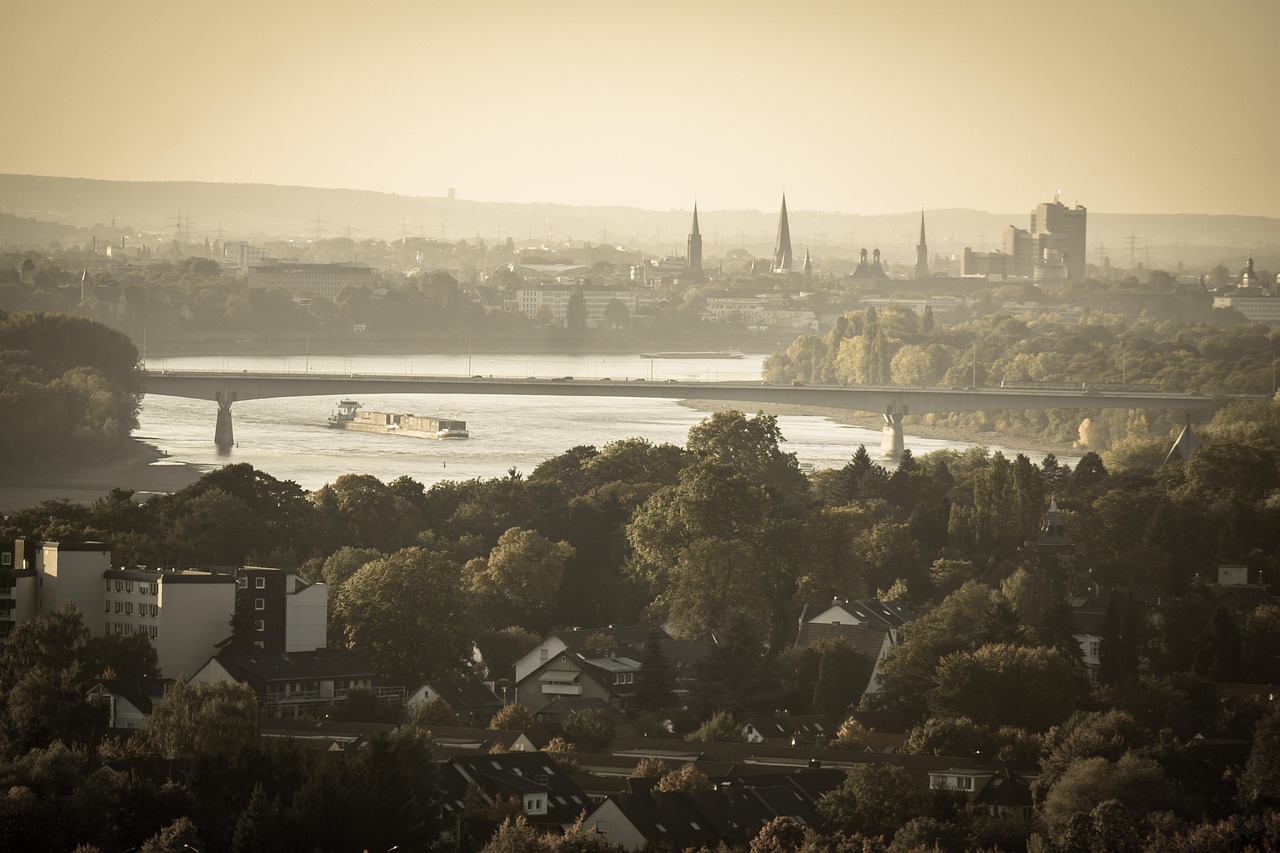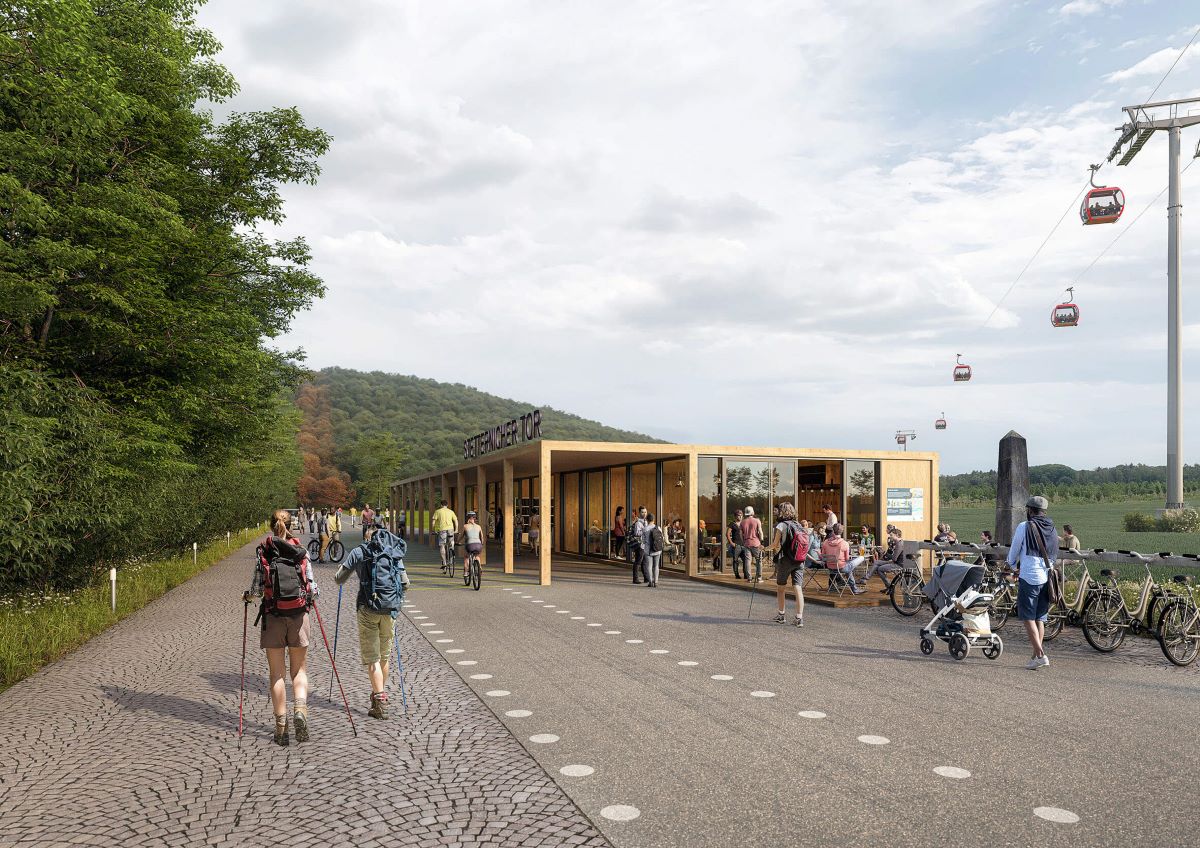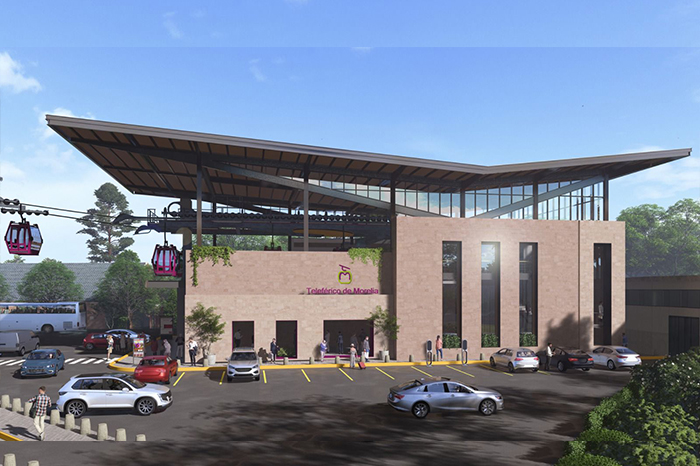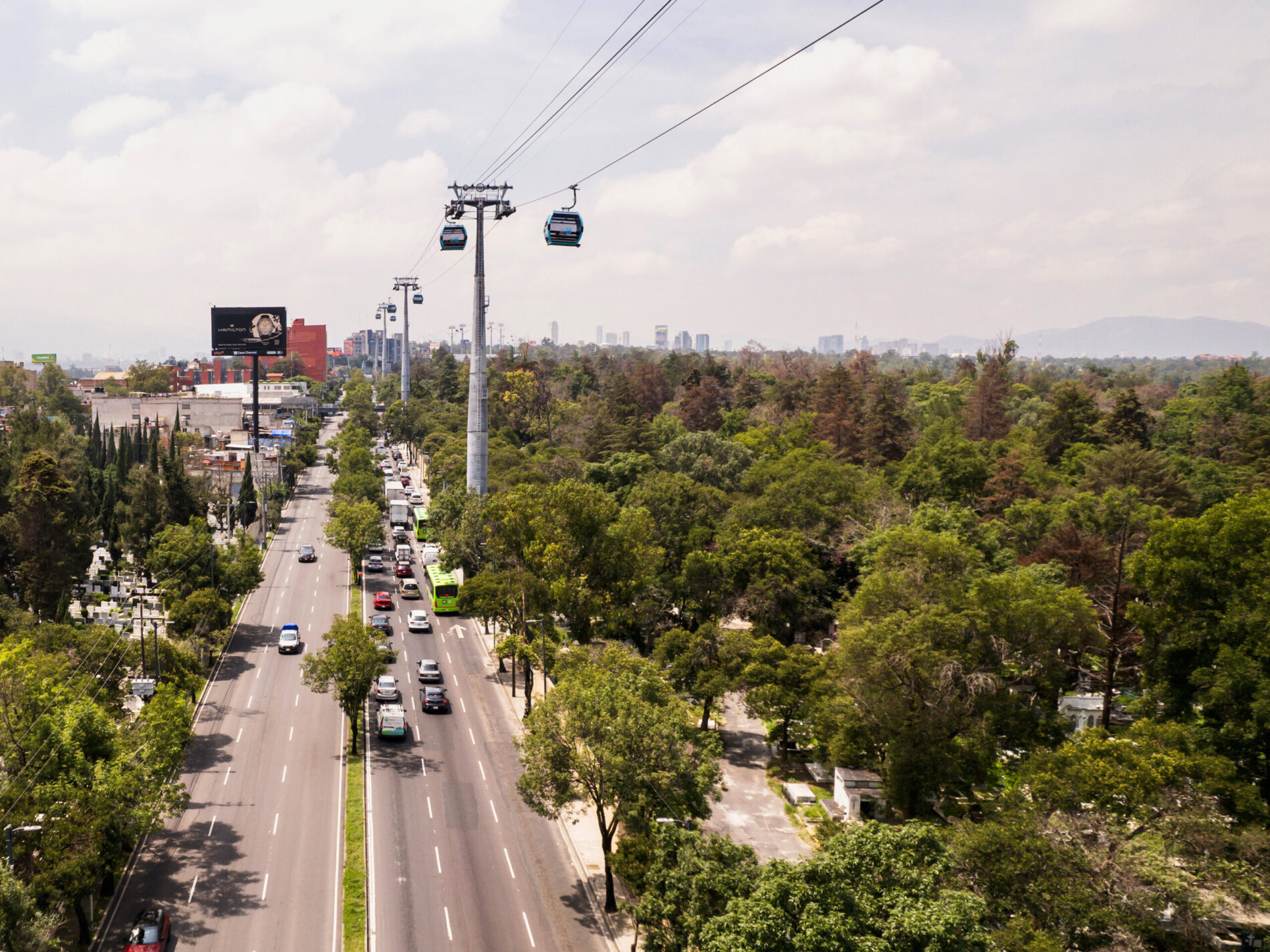New Design for the Cable Car to Ještěd in Liberec
The city of Liberec (Czech Republic) plans to construct a new cable car to Ještěd, which will feature an innovative, UFO-inspired cabin to transport visitors to the top. The winning design by Czech designer Anna Marešová focuses on a modern aesthetic that perfectly complements the iconic Ještěd Tower.
Cable Car Extension in Bonn: A Vision for the Future
The planned cable car in Bonn (Germany) aims to revolutionize public transportation while crossing the Rhine. However, the extension to Ramersdorf and „Om Berg“ faces obstacles, according to a recent feasibility study.
Delhi: Cable car over the Yamuna River
Delhi, the national capital territory of India, will soon implement an urban cable car system. Lieutenant-Governor VK Saxena has announced a cable car route over the Yamuna River. The details.
From open-pit mine to a large lake and three cable cars?
An ambitious project: The Hambach open-pit mine in North Rhine-Westphalia (Germany) is set to be transformed into a vibrant landscape. Visualizations show what the new recreational areas could look like. Up to three cable cars are being discussed.
Morelia plans urban cable car
Morelia, the capital of the Mexican state of Michoacán, is planning an urban cable car that will transport 22,000 people daily. The concept also takes into account the historical monuments, as the old town is a UNESCO World Heritage site.
Mexico: Cable car plans for the coming years
Sergio Astorga, a researcher at the University of Mexico City, forecasts the cable car plans for Mexico over the next six years in this guest contribution. The Central American country could soon surpass Bolivia, the current record holder for urban cable cars.
